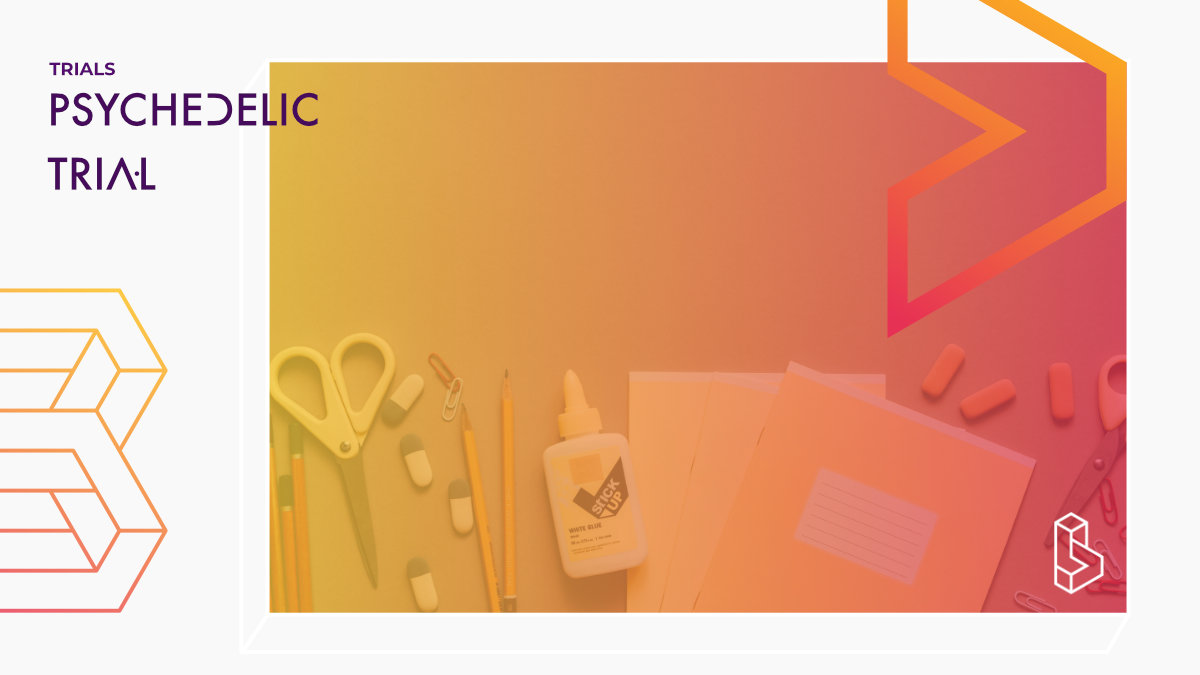This study will examine the effects of Intravenous (IV) ketamine both in an outpatient population and with subjects on the inpatient unit with suicidal ideation (SI).
Topic Suicidality
Depression
Country United States of America
Visit trial
Status
Completed
Results Published
No
Start date
01 January 2012
End date
09 January 2014
Chance of happening
100%
Phase
Phase IV
Design
Blinded
Type
Interventional
Participants
24
Sex
All
Age
18- 80
Therapy
No
Trial Details
Depression is a debilitating disorder that affects 12-20% of population and is among the top five leading causes of burden of disease worldwide (Kruijshaar ME 2005). Suicide associated with depression and other psychiatric disorders is a pervasive public health problem and results in almost one million deaths per year. Unfortunately, current treatments for severe depression have limited efficacy for suicidality, specifically due to the slow time course of change in suicidal thoughts. Recently ketamine, a glutamate-modulating agent, was shown to have antidepressant and anti-suicidal effect in outpatient depressed patients. The proposed study will test the ability of a single sub-anesthetic intravenous (IV) dose of the glutamate NMDA receptor antagonist, ketamine, to provide rapid decrease in suicidal ideation (SI) in patients hospitalized with SI. In this randomized parallel-arm placebo controlled trial, ketamine is compared to midazolam, which is expected to mimic some of the acute subjective effects of ketamine but not have any sustained antidepressant effects. Specific Aim 1: To determine feasibility and tolerability of a single low-dose IV infusion of ketamine in patients with prominent SI and elevated risk for suicide. Hypothesis 1: Ketamine administration will be feasible and well tolerated in patients admitted to a psychiatric hospital with SI. Specific Aim 2: To test the efficacy of a single IV dose of ketamine, compared to an anesthetic control condition (midazolam), to rapidly reduce SI in a controlled hospital setting. Hypothesis 2: Ketamine will be associated with significant and rapid reductions in SI and depressive symptoms within 24 hours. This study will test the rapid anti-suicidal effect of a single IV dose of the N-methyl-D-aspartate (NMDA) glutamate receptor antagonist ketamine in suicidality compared with the clinical response to a single IV dose of the short-acting benzodiazepine midazolam. Midazolam is able to induce transient neuropsychiatric effects mimicking ketamine and therefore is expected to protect the integrity of the blind. Participants will continue to receive standard treatment for their psychiatric condition throughout the trial. This unique "proof-of-concept" study in suicidal patients will be conducted over three-year period.NCT Number NCT01507181
Sponsors & Collaborators
Icahn School of Medicine at Mount SinaiThis company doesn't have a full profile yet, it is linked to a clinical trial.
Measures Used
Montgomery-Asberg Depression Rating ScaleA ten-item diagnostic questionnaire used to measure the severity of depressive symptoms in patients with mood disorders.
Young Mania Rating Scale
The Young Mania Rating Scale (YMRS) is used to evaluate manic symptoms at baseline and over time. The scale consists of 11 items covering the core symptoms of the manic phase of bipolar disorder: mood, motor activity, interest in sex, sleep, irritability, speech, flight of ideas, grandiosity, aggressive behaviour, appearance, and an item regarding patient insight. Each item is given a severity rating, with a higher rating indicating more severe symptoms. Responses are the patient's subjective report of their clinical condition over the previous 48 hours.
Clinical-Administered Dissociative Symptoms Scale
The Clinical-Administered Dissociative Symptoms Scale (CADSS) is a scale used to measure dissociative states such as those induced by ketamine.

